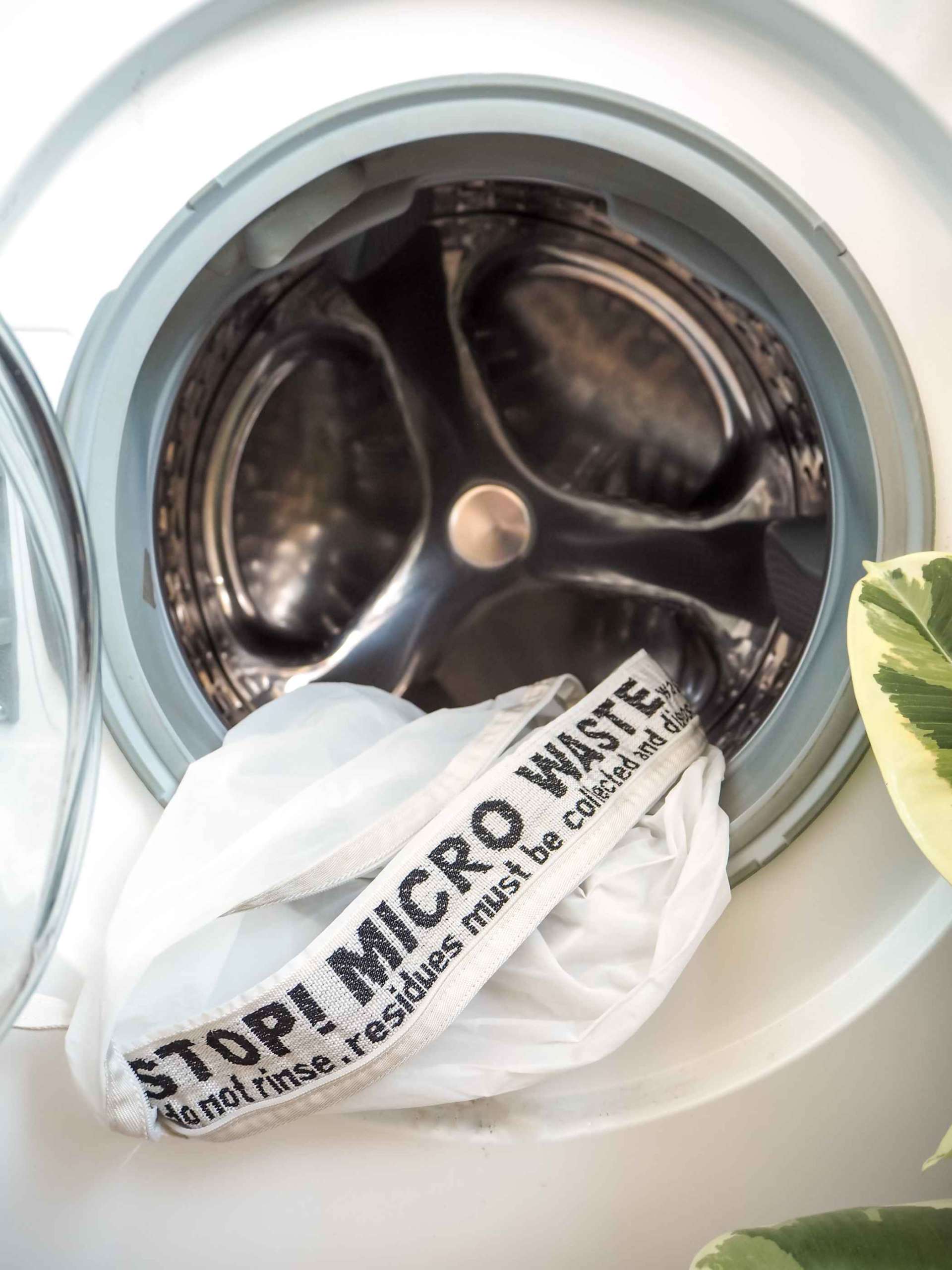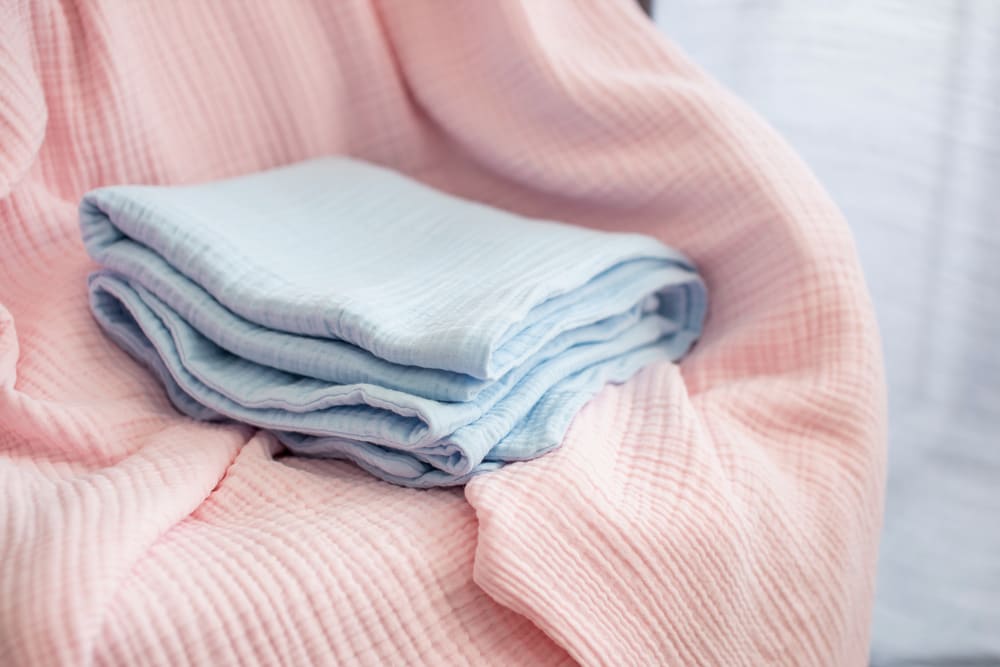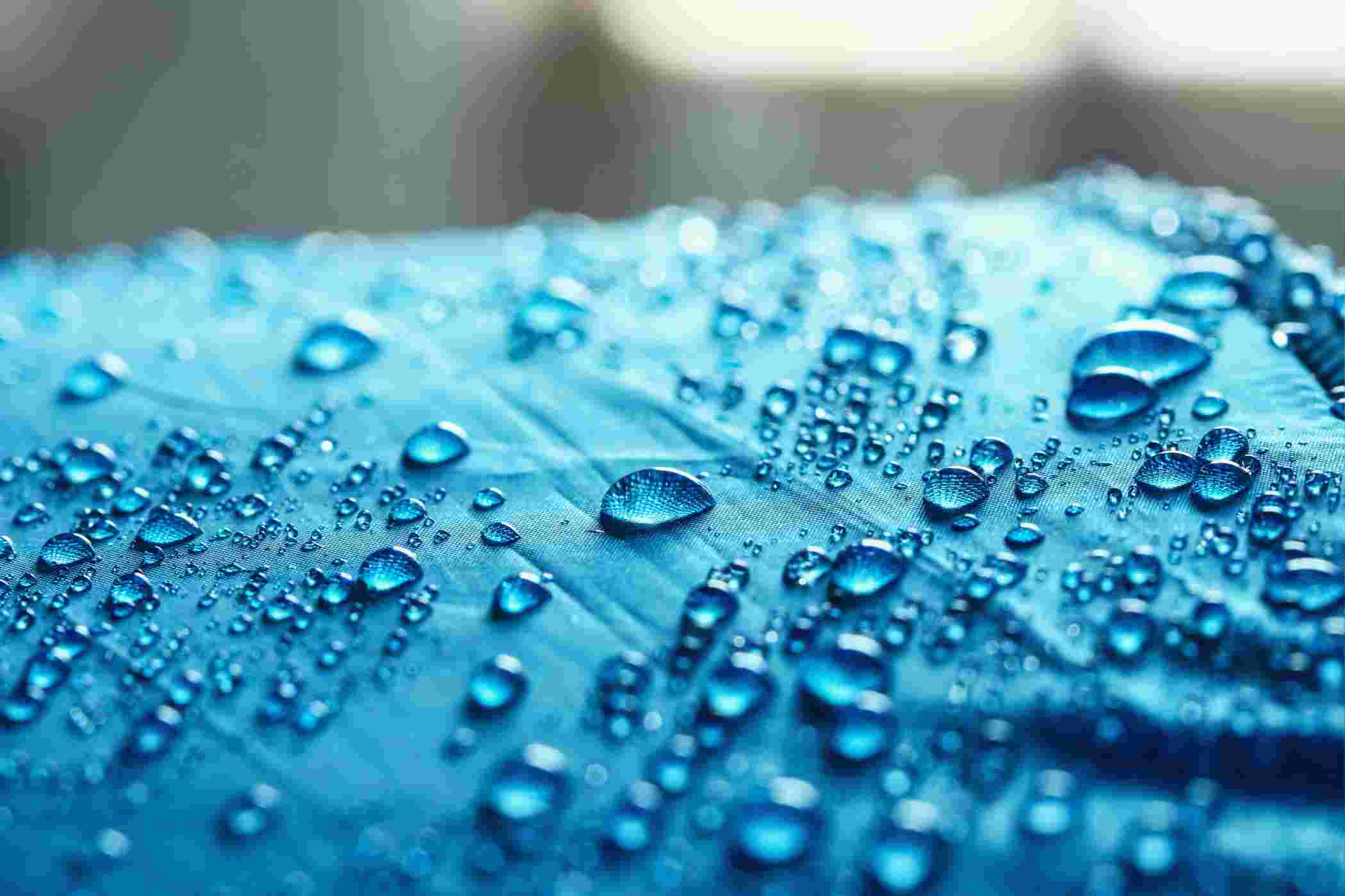Garment Dyeing: Types, Advantages, Disadvantages & Environmental Impact

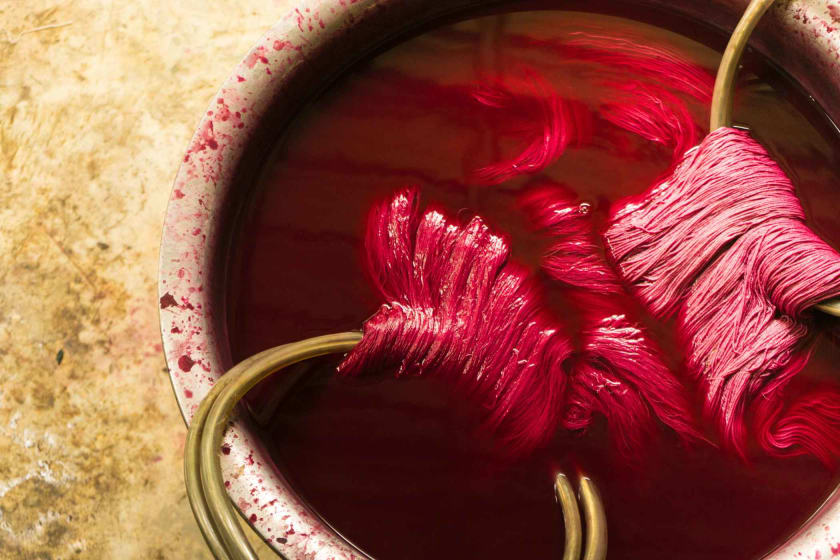

Garment dyeing refers to the process of coloring ready-to-wear clothes after they have been cut from a roll of gray fabric and stitched to a particular form. It is different from fabric dyeing, which is the process of cutting a pre-dyed fabric and sewing it to create a particular outfit. Garment dyeing is slowly but steadily making its mark in the world of fashion. It is a cost-effective and environmentally friendly technique of manufacturing garments and appeals to both the producers and the consumers.
The garment dyeing process consists of the following stages:
1. Batching
2. Pre-treatment
3. Dyeing
4. Sample Checking
5. Hydro-extraction
6. Drying
7. Quality Checking
8. Storage
Types of Garment Dyeing Techniques
The actual dyeing stage differs based on the type of dye and the dyeing technique used. The following are the five types of dyeing techniques used in the garment manufacturing process:
1. Reactive Dyeing
In this technique, reactive dyes chemically react with the fabric to create a steadfast bond. In other words, the dye becomes a part of the fabric and gives it an outstanding color fastness even after washing the garment repeatedly or exposing it to light for prolonged periods.
Reactive dyes are available in a wide range of colors and are mostly used to dye cotton and linen garments.
2. Direct Dyeing
As the name suggests, direct dyes can be applied directly onto fabrics without using an affixing agent. They are used for coloring cotton, wool, silk, and nylon. Direct dyes are mostly used for fabrics that need robust light-fastness. For instance, direct dyeing is used to color upholstery, furnishing, and window coverings where the finished product is not washed frequently or is only dry-cleaned.
However, some form of after treatment is required after the direct dyeing process to ensure increased color fastness and deeper shade development.
3. Sulfur Dyeing
In this dyeing method, sulfur dyes are used for coloring cotton garments and blended fabrics like acrylic fibers, nylons, and polyester.
Sulfur dyes are some of the most common types of dyes used for coloring cotton garments in bulk quantities because they are inexpensive, easy to apply, and have impressive wash-fastness. Sulfur dyes are usually black, dark blue, and brown. A pink or a light scarlet colored sulfur dye is also available.
4. Pigment Dyeing
Pigment dyes are widely used to produce a weathered and faded look in garments.
Pigment dyes are similar to printing inks. They differ from direct or reactive dyes in the way they react with the textiles they are applied on. In the pigment dyeing process, the pigment ink usually sits on top of the fabric and is glued in place by a chemical resin or binder.
The biggest advantage of using pigment dyes is that they can be applied on a wide range of fabrics. Garments made of synthetic or blended fabrics cannot always be colored using conventional dyes. Pigment dye is used in these instances.
Pigment dyes are also used on denims to achieve that alluring faded look.
5. Discharge Dyeing
In the discharge dyeing technique, dischargeable (or removable) dye from a certain section of the garment is deliberately removed without damaging the fiber. The dye is removed using a discharge paste or a bleach to create attractive patterns on the garment. This technique of dyeing uses a variety of methods, such as tie-and-dye, Shibori, stamping, or stenciling to create the designs.
Advantages of Garment Dyeing Over Fabric Dyeing
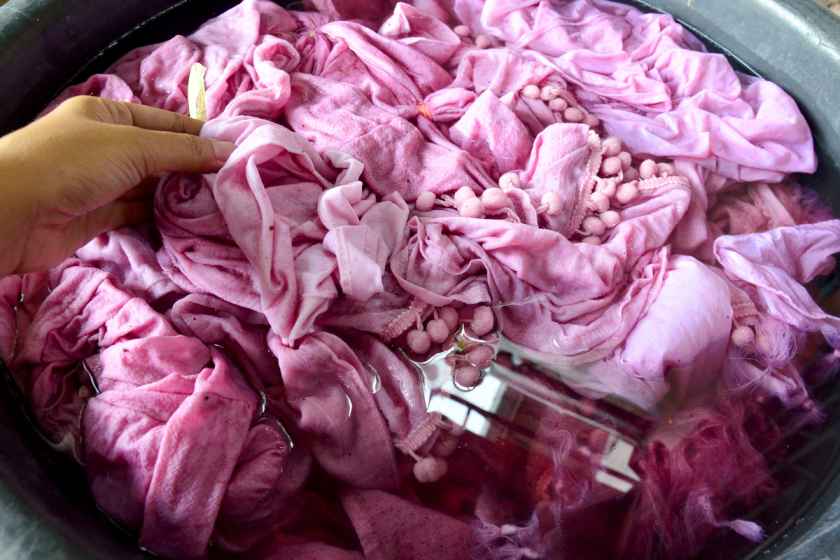
In many parts of the world, the prevalent mode of manufacturing garments is still to cut and stitch various items of clothing from pre-dyed fabrics. But garment dyeing has been around in Europe for more than 70 years. There are many advantages of garment dyeing over the fabric dyeing process. The benefits are listed below:
1. Reduced Time to Produce and Supply
It takes less time to dye a finished piece of garment as per specifications and ready it for shipping than it takes to dye an unstitched roll of fabric, stitch a garment out of the cloth, add finishing touches, and supply it.
2. Reduced Cost of Production
The reduction in the cost of production stems from multiple factors.
The garment dyeing process utilizes less water, fewer chemicals, and less steam than the fabric dyeing process. Furthermore, garment dyeing can be carried out for small batches of outfits. This ensures inventories do not get piled up and businesses or individuals do not have to pay for storage space.
The reduced cost of production can be transferred to the consumers.
3. Increased Consistency
Garment dyeing ensures consistency of color and shade across multiple batches of clothing. This is particularly advantageous for clothing businesses and individuals who need to source garments in bulk and demand that the items of clothing have consistent coloring.
Increased consistency results in less rejection. This, in turn, leads to increased profits.
4. Greater Ability for Customization
Dyeing garments not only allows for consistency of shades and finishes in the final product but also gives the manufacturer a greater ability for customization. It is easy to add fancy design effects and patterns during the garment dyeing process.
5. Increased Ability to Respond to Market Demands
Reduced dyeing time, low cost of production, and being able to work on small batches of different clothes increase the ability of a clothing business to respond quickly to changing market demands. This translates to securing an edge over competition.
6. Reduced Need for Capital Investment
In a garment dyeing unit, desizing, scouring, bleaching, coloring, and adding finishing touches can all be carried out by a single machine. This reduces the cost of setting up a garment dyeing unit and also reduces operating and maintenance costs significantly.
The reduced need for upfront capital investment opens up the market for more players to enter. This, in turn, creates a competitive environment that eventually drives up production standards and lowers costs for consumers.
7. Increased Opportunities for Recycling Old Garments
Lower cost of production, the superior quality of the dyed outfit, and being able to dye garments in small batches motivate more people to consider recycling old garments instead of throwing them out.
8. Reduced Wastage of Fabric
During the manufacturing of a garment, about 15% of the fabric is cut out and discarded. If this 15% is cut from gray fabric instead of a dyed fabric, there is less wastage. Some enterprising garment manufacturing units can use the discarded gray fabric to produce other clothing items.
Disadvantages of Garment Dyeing
Despite all its benefits for the manufacturers and the consumers, the garment dyeing process is not entirely devoid of disadvantages. These are listed below:
1. High Cost of Processing
To ensure consistent coloring and shading, garments that will be colored the same shade should be stitched from gray fabric from the same source. Garments made from knit fabrics should be pre-shrunk to avoid seam puckering. These considerations increase the cost of processing.
2. More Handling of Material Required
The seams of the garments to be dyed should not be too tight or too loose. Else, the dye will not permeate evenly and cause uneven coloring. The sewing thread should be of the same fiber as the garment.
Metal accessories used in the garment should be made of nickel or any of its alloy. Any other metal component has a high chance of getting damaged during the dyeing process when salts and alkali react.
These considerations demand that workers in the manufacturing units have to work with more materials.
3. Selection of Interlining Requires Greater Attention
Interlining is used in many garments. Only those interlinings must be used that can hold up during the dyeing process. This requires specialized knowledge and greater care during selection.
4. Thorough Quality Check Required
Thorough quality checks are necessary to ensure all garments in a particular batch have even coloring.
5. Increased Requirement for Labor
Increased need for processing and material handling and thorough quality checks require that garment dyeing units employ more laborers than fabric dyeing factories. In some cases, garment dyeing units have to employ workers with special knowledge of and expertise with the various aspects of the processes involved.
Environmental Impact of Garment Dyeing
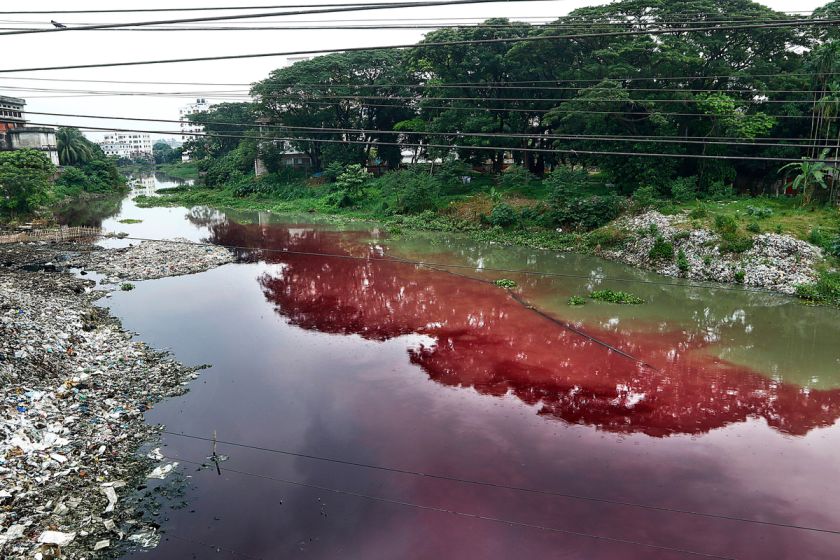
With more and more consumers demanding sustainable clothing, fashion houses and dressmakers are on the lookout for garments that have been manufactured with a minimal adverse impact on the environment. Garment dyeing scores over the fabric dyeing process by dint of being more environmentally friendly. Here’s how:
- The garment dyeing process uses fewer toxic chemicals and less water than the fabric dyeing process.
- There is reduced need for steam, which in turn, reduces heating needs.
- There is less wastage of fabric.
- With increased adoption of garment dyeing processes, more and more people are encouraged to recycle old clothes.
The world of fashion changes fast. Clothing businesses, fashion designers, and dressmakers have to adapt to the changing preferences of their customers to remain afloat in a highly-competitive environment. Given the myriad advantages of the garment dyeing process, it is not surprising that business entities prefer to buy dyed garments.
Get in touch with Fashinza to source dyed garments of the highest quality from manufacturers who adhere to strict production and environmental standards.















